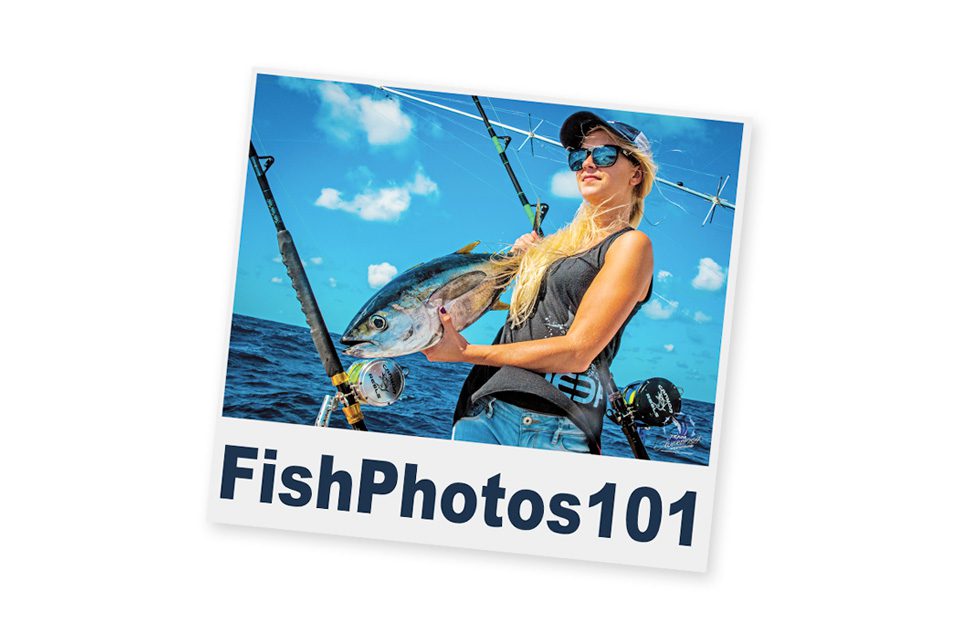By Joseph Albanese
As you probably have noticed, many of the species we love to fish for are on the decline. So now, more than ever, catch and release is important to help protect sport fishing for future generations of anglers. I’m not advocating throwing every fish you catch back; I enjoy a meal of fish just as much as the next guy. What I am suggesting is you handle the ones you release as gently as possible so they have a strong chance of survival once they are back in their habitat. But just because you released that fish doesn’t mean you can’t have a memento of your catch.
Digital cameras have come a long way since their inception. Even the phone in your pocket is a high-quality digital camera these days, with presets that take incredible photos. Modern units take amazingly high-quality images and video. They also keep getting smaller and smaller, taking up almost no room in a shirt pocket. There are also many ruggedized models on the market now that are water-, dust- and shock-proof, so you don’t have worry about exposing them to the elements or dropping them in the drink. This is a boon to anglers like me, who are fearless waders but not really sure-footed enough to warrant that kind of confidence.
A little forethought goes a long way toward composing a good fish shot. If you think about how to set the shot up before you even hook up, there will be less fumbling in the frantic moments involved in landing an outsized fish. Having a plan will minimize the time spent handling the fish, which will decrease the stress on that animal and therefore the probability of mortality. Taking simple things into account such as the direction of the sun play a large factor. Look for a spot that you and fishing partner can safely stand and get that shot. Designate a part of the boat for pictures in advance, and always have camera handy.
Handling the fish properly is crucial to the quality of the picture. If it is a species that can be grabbed by the lip, don’t hesitate to do so. With other species, a two-handed grip is best. Keep the fish about an arm’s length away from your body, and do your best to control any flopping. Any motion will translate into a blur in the photo. Make sure the fish’s body is parallel to the camera, please hold horizontal whenever possible. If the fish’s body isn’t flat to the camera it will look awkward, and you will lose many of the markings that make them beautiful. Make sure the sun is at the cameraman’s back, and in the angler’s face. That light will illuminate the angler and the trophy, enhancing all of the details. Lastly, make sure your hat brim is pulled up a bit; if you don’t do this, your face will be shrouded in shadows.
Also, don’t forget to take pictures of the scenery; looking at them can help get you get through the offseason.
